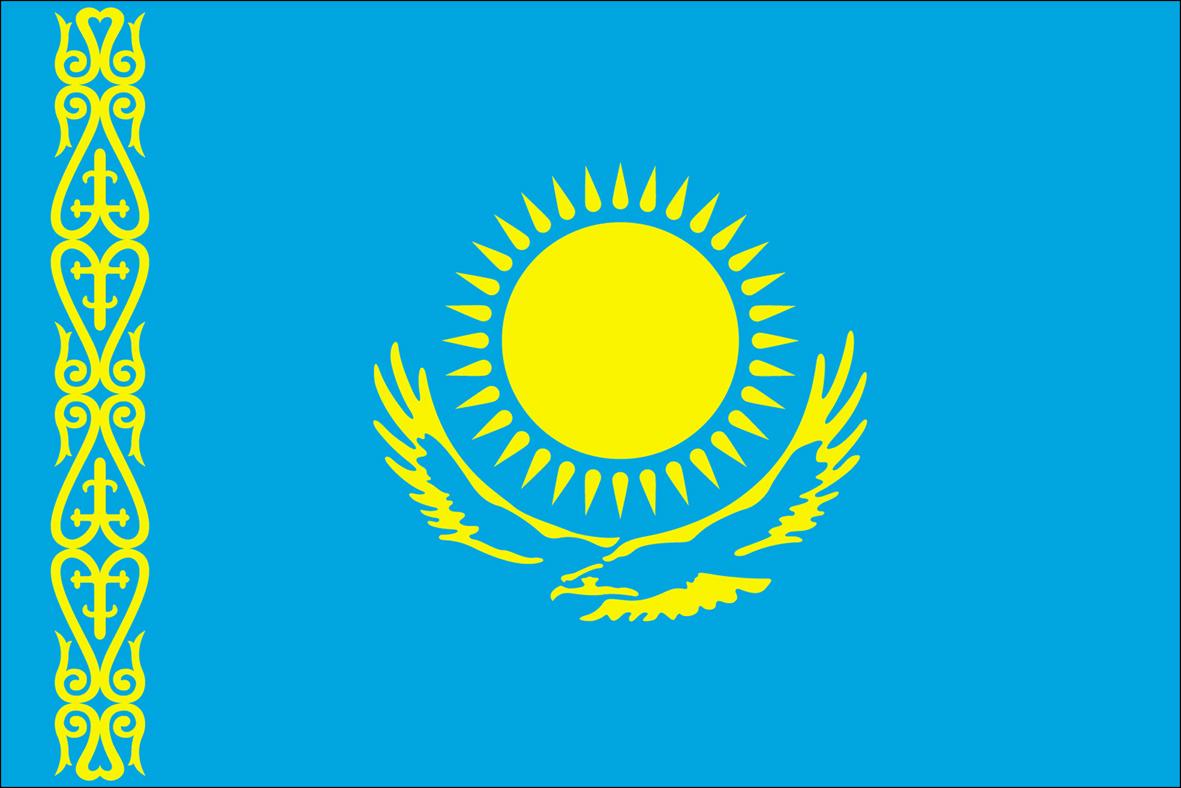Did you know?: Trade Routes of the Himalayas
Nubra Valley, Northern India. © BlackSTAR-FOTOGRAFIE / Shutterstock.comWe invite you to join us each week for Did you know? articles which adhere to preselected themes. Knowledge and appreciation of these subjects help to preserve, diffuse, and promote elements of our common heritage of the Silk Roads.
One of the major routes along the historic Silk Roads connecting the West and the East, passing through Kashmir in Indian Subcontinent and Tibetan plateau, covers the oasis land route, and the steppe route. The oasis route is the most notable, mainly due to the constant and consistent human movement. For more than a thousand years, people travelled along these routes, braving dangers, for trade, livelihood, adventure, and for sharing ideas. These oasis routes passed along the north Indian Plains and the Himalayas to connect East Asia to Rome in Europe. It also permitted the creation of other parallel routes, allowing trade with remote areas. Therefore, new varieties of goods such as spices, precious metals, ivory, gems, or horses were exchanged. These networks of routes also provided a good path for the expansion of intellectual and religious beliefs, arts and crafts. One of the outstanding results of the exchanges via Kashmir and Tibetan plateau was the expansion of Buddhism in the third century B.C. towards the Northwest and the East.
In this way, diverse influences from distant lands entered into contact along the oasis route, notably in Kashmir with arrival of Islam in this region. Other outcomes of the exchanges via the Kashmir-Tibetan Plateau, was the adoption of Persian ornaments patterns in carpet weaving, painting, and calligraphy. This impact of Persian influence was largely encouraged under the Mughal Emperors of India from the 15th century. Indeed, the Mughal court mainly used Persian as its conventional language. As a result, the language brought other influences such as formal etiquette, clothing, jewellery, or gastronomy. Impact of these Persian cultural elements in Indian culture –especially in languages– can be traced even today.
Moreover, another ancient route connected India with China, through the Ladhakh region in Northern India. The emergence of this route was mainly due to the spread of Buddhism into Ladhakh from the Tibetan Plateau on one hand, and from the Kashmir on the other hand. In Ladhakh, the Nubra Valley was an accessible area by traders and caravans who were travelling between this region and Yarkand in China. This road through the Nubra Valley was of key significance in linking the traders travelling along the Ladhakh region. Therefore, trade became one of the most important sources of income for Ladhakh. Thanks to these exchanges, Ladhakh became a significant Buddhism centre, as well. In addition to the external trade that took place between Ladhakh and lands of the Lower Himalayas, internal trade also existed between the districts, within the Ladhakh region. Hence, exchanges of food and clothing amongst diverse populations were possible.
Consequently, during the peak of Buddhism in India, this trading activity allowed for considerable encounters, which influenced religion and art. Many ancient monasteries in the region serve as evidence of the significant intercultural exchanges along the Silk Roads, and our common heritage.
See also:
The Silk Routes of the Mongols




